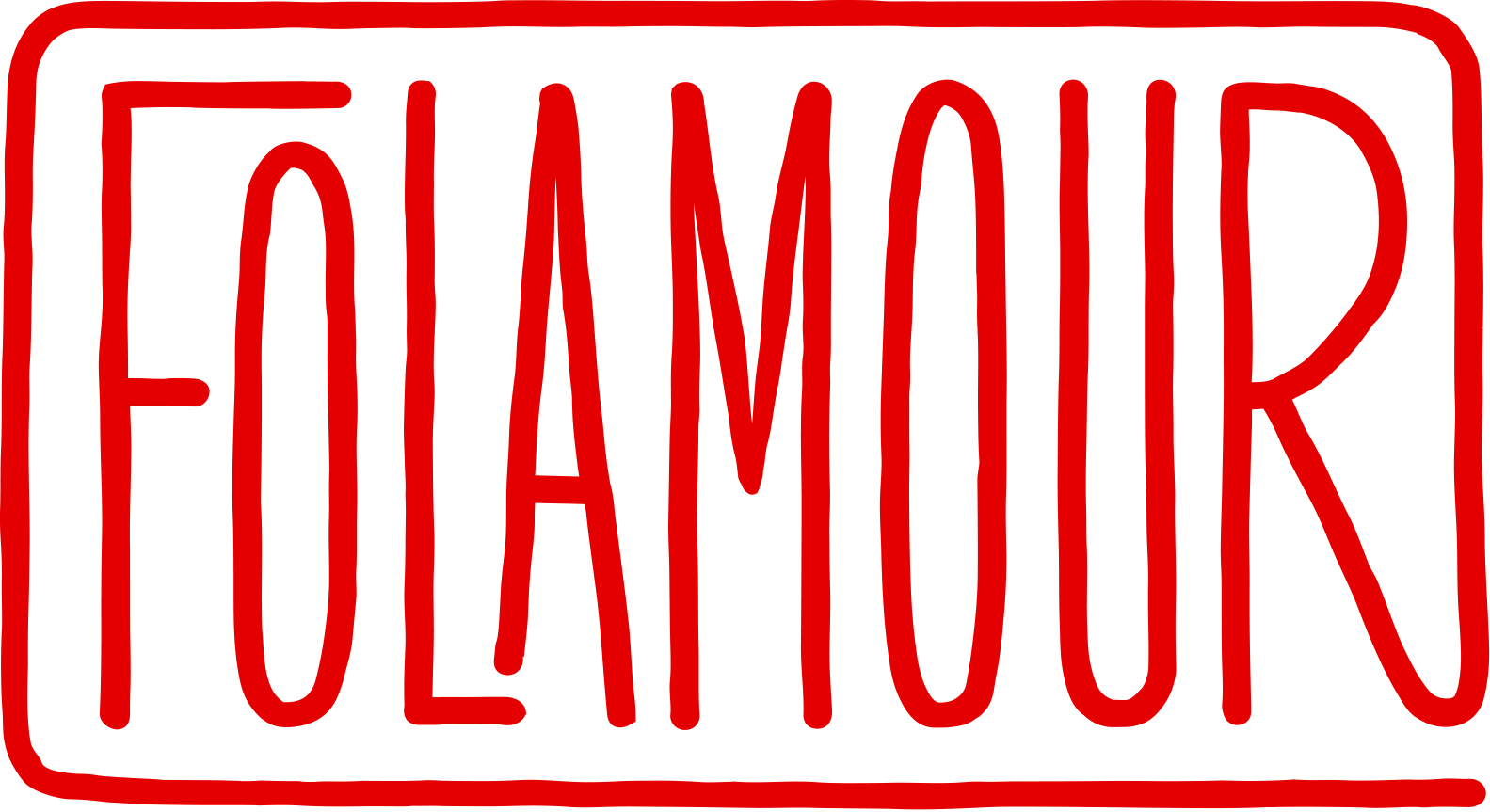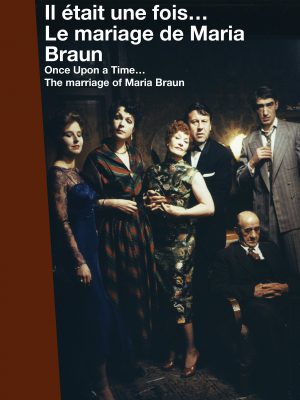ONCE UPON A TIME... THE MARRIAGE OF MARIA BRAUN
| Director | François Lévy-Kuentz |
| Writers | François Lévy-Kuentz, Serge July and Marie Genin |
| Image | Olivier Raffet |
| Sound | Joël Flescher, Thierry Blandin, Thomas Perlmutter, Andy Fiebert |
| Editing | Eric Renault |
| Length | 52 minutes |
| Format | HD Cam, 16/9e |
| Version | French |
| Copyrights | Folamour – ARTE France – 2012 |
| Broadcaster | ARTE |
Protagonists :
- Hanna SCHYGULLA, actress, role of Maria Braun
- Güneter LAMPRECHT, actor, role of Wetzel
- Yann LARDEAU, film critic
- Daniel COHN-BENDIT, journalist, politician
- Harry BAER, Production Manager
- Elisabeth TRISSENAAR, actress, role of Betti
- Juliane LORENZ, editor
- Michael BALLHAUS, director of photography
- Barbara BAUM, wardrobe mistress
Portrait of a film: Maria and Hermann Braun, a German soldier, get married amidst falling bombs shortly before the fall of the Third Reich. At the end of the war, Hermann is reported missing. Maria (played by Hanna Schygulla) has found a job as a barmaid that helps her to survive. One day, she meets a black American G.I. at her workplace, but she kills him when Hermann reappears in her life. Hermann accuses himself of the murder and is jailed. Maria becomes the mistress of a rich industrialist, but the man secretly bequeaths his fortune to Hermann so long as he disappears from Maria’s life. When he is released from prison, Hermann reveals this secret to Maria. Maria Braun is both a victim of war and a woman of action, and she symbolizes the history of her country after the Second World War. She is regarded as the “Mata-Hari of the economic miracle” and the “Mother Courage” of the new West Germany. Released in 1979 and awarded the Silver Bear at the Berlin Festival, The Marriage of Maria Braun is Fassbinder’s greatest commercial success.
Portrait of an era. In 1949, during the Cold War, war-ravaged Germany was split in two. Thirty years on, West Germany, which has undertaken an enormous reconstruction programme thanks to massive aid from the West, is becoming the first European power. At the same time, it has since the early 1970s been plagued by the terrorism of the Red Army Faction, which advocates urban guerrilla warfare against capitalism and the remaining Nazi officials still in power. Bomb attacks, assassinations and kidnappings one after another. A new generation of artists, that emerged after the war, “orphaned” biologically (because of the number of deaths during the war) and politically (because of the Nazism of its parents), undertakes a painful introspection into a taboo past. Influenced by the French New Wave and the spirit of ’68, time was ripe for the “new German cinema “, of which Fassbinder became a leading figure, alongside Wim Wenders, Werner Herzog and Volker Schlöndorff.
Portrait of a filmmaker. The marriage of Maria Braun is the 19th film by Rainer Werner Fassbinder. Born in May 1945, R.W. Fassbinder died of an overdose in 1982 at the age of 37. A prolific filmmaker, he shot more than forty films in fifteen years. He was also an actor, playwright and stage director. This multifaceted artist led a chaotic existence: tumultuous love affairs, drugs of all kinds and constant overwork. He began with dramatic and politically committed plays and films (notably about homosexuality), which earned him a reputation as a cursed and sulphurous artist, marginal and jealous of his independence. His bulimic creativity is fuelled by the existence in Munich of a studio devoted to him and a very faithful troupe of actors (including Hanna Schygulla). His films are rather desperate sentimental melodramas that explore the German soul and identity after the Third Reich.


 EN
EN FR
FR